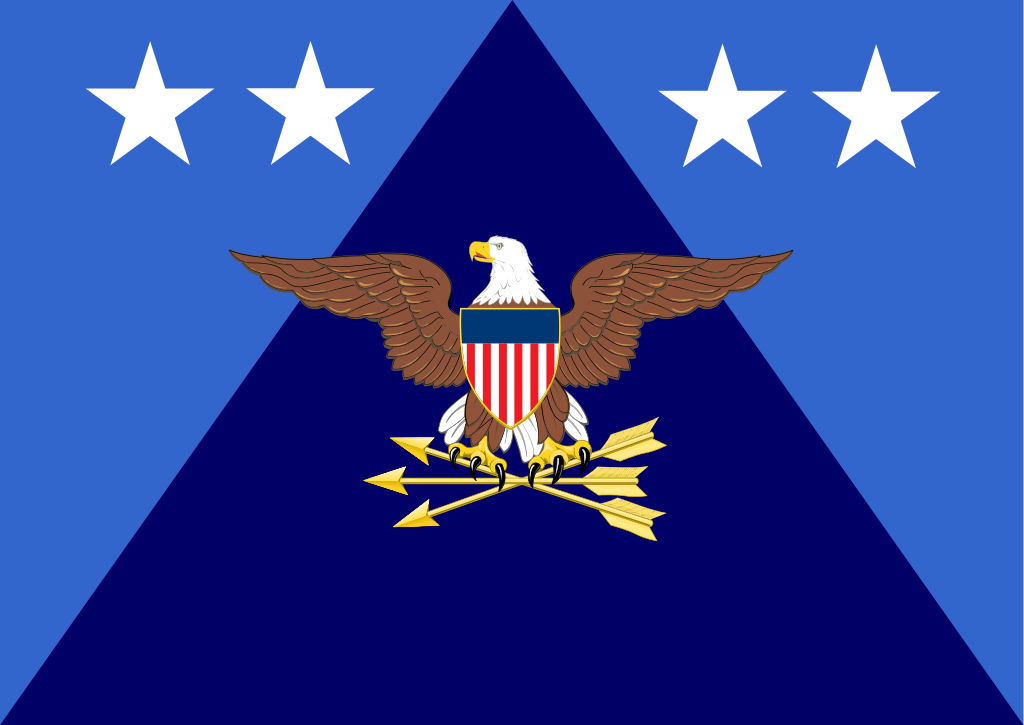Under_Secretary_of_Defense_flag.svg_.png

The U.S. military often has to rush men and supplies to a remote area which may not have any conventional infrastructure. The military has to provide buildings, roads and bridges, food and water, weapons and munitions for thousands of men in such remote locations. There is a need for a reliable and portable energy sources which are currently diesel generators. U.S. military researchers are currently trying to find companies that are interested in developing a small mobile nuclear reactor. This reactor would be used to supply energy to forward-deployed fighting forces on land and sea.
The Washington Headquarters Services Acquisition Directorate (WHSAD) in Arlington, Va., issued a request for information (RFI) last Friday for the Small Mobile Nuclear Reactor (SMNR) project. The WHSAD issued this RFI on behalf of the U.S. Office of the Under Secretary of Defense for Research and Engineering, OUSD(R&E).
The RFI states that the deployable SMNR should be able to produce from one to ten megawatts of power. It should weigh no more than forty tons and be deployable by truck, ship or C-17 cargo plane. The reactor should use passive air cooling. It should be designed so that if power and cooling are lost, a meltdown would be impossible. The reactor should not require more than three days to set up and start operating. It should not require more than seven days to shut down and remove from the operational site. The reactor should be able to operate for three years without needing to be refueled. It should be able to operate semiautonomously without needing manual controls. The reactor should burn high-assay low enriched uranium advanced gas reactor tristructural isotropic fuel.
The availability of electricity is a critical part of military operations. Demand for power will just increase as military technology evolves. The global projection of U.S. military power has increased the need for alternative sources of energy that can enhance the mobility of forward land and maritime military operations in remote locations.
In order to improve mobility, military planners are seeking help from private industry to create innovative power sources. They seek demonstration of SMNR prototypes. These prototypes must be safe, reliable and provide an almost unlimited supply of power for rapid response deployments.
SMNRs would make major changes to the logistics of supplying energy to our forward operating bases. It would significantly simplify complex fuel logistical supply lines which are currently required for diesel generators. In addition to supplying power for remote deployments, small mobile nuclear reactors could also make our domestic military infrastructure able to resist an electrical grid attack which took down our civilian electrical systems.
Companies such as General Atomics in San Diego, California and NuScale Power LLC in Portland, Oregon are currently working on SMNR for industry and humanitarian relief operations in remote and/or devastated locations. Pentagon officials are gathering information so they can decide whether they should give up the idea of SMNRs for military use or continue with a multi-stage project to develop a SMNR to support our military energy needs.
If they decide to further explore the utility of SMNRs, they will fund up to three different SMNR designs in the year-long first phase of the project. The second project phase would select one out of the three designs for further work. A decision to move forward or abandon such SMNRs may be made as early as spring of 2019.